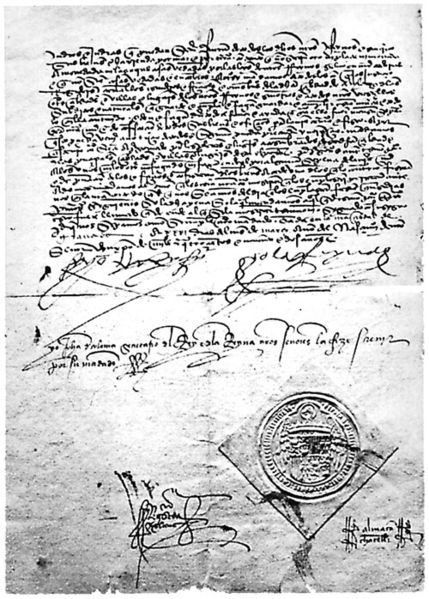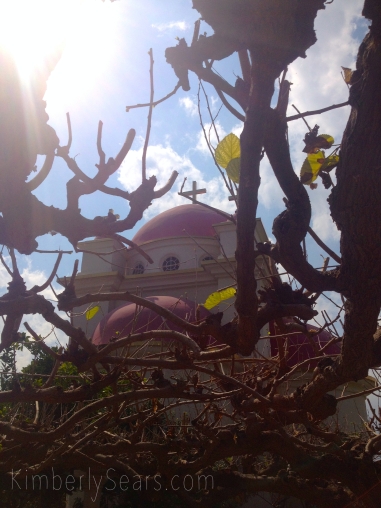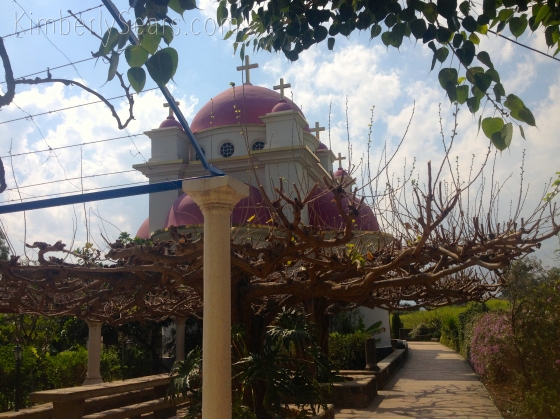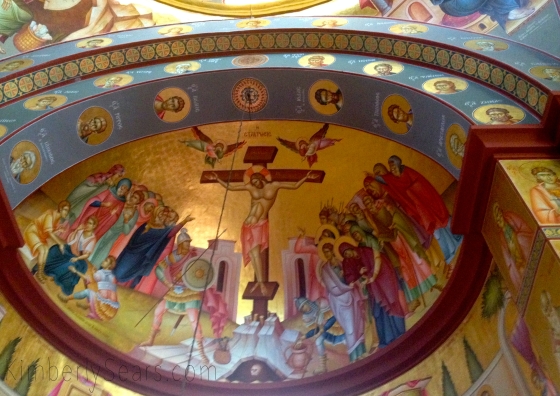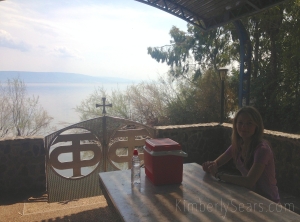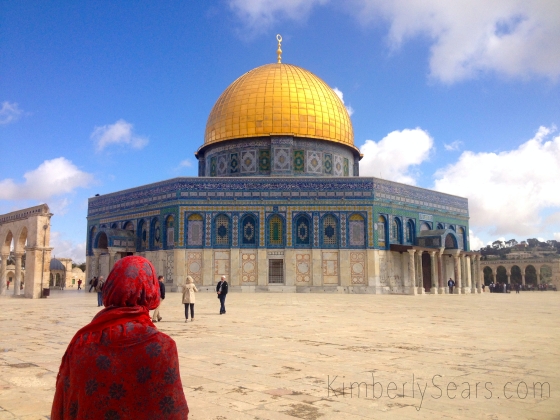Once upon a time when I was nineteen, I lived in Jerusalem for four months. (You can read all about it in my posts from January through April of 2008.)
Tomorrow I’m leaving on a jet plane to go back! With my husband!
Here’s how it all happened.
When I was twenty-one I decided to serve a mission, and I received my mission call to go to Córdoba, Argentina for a year and a half. My friend Jana said, “My friend Mark served in that mission too–you should meet him and he can tell you all about Argentina and answer your questions about the mission.”
The night Mark and I met, I asked him questions about Argentina and as we conversed it came up that I had lived in the Holy Land. “That’s amazing!” Mark said, “I’ve always wanted to do that! In fact, I’m planning a trip there this summer!” We hung out a few more times before I left, and exchanged stories about life in the Middle East and life in Argentina. I left on my mission, but we continued to correspond in letters and emails. “We’ll have to plan another Jerusalem-Argentina photo exchange when you get back,” read one of Mark’s first letters to me.
Over a year and a half, mine and Mark’s casual correspondence became a close friendship and then steadily and sneakily turned into something more. We had never so much as held hands before my mission, but we both sensed that in the future we would be walking the same path.
I knew that Mark’s planned trip to Israel was imminent, but then I received a letter telling me that he had decided to cancel it last minute “to save money for pharmacy school.” Later I would learn that he canceled his trip because he “just had a feeling” that we would get married and that he would need that money to help get us on our feet as we started our new life together.
Well, he was right! We did get married. (And he was right that we would need some extra cash, too! Weddings and house remodels are anything but cheap.) Our life together has always been full of adventures: frequent road trips to California to visit Mark’s family, camping and hiking in Zion National Park and Goblin Valley; a crazy motorcycle road trip to Moab. I guess I’m pretty spoiled; Mark’s such an intrepid spirit that he always has some little adventure up his sleeve.
But even so, I’ve always felt twinges of regret that Mark gave up his Jerusalem trip for me–for us. I’ve always yearned for the chance to make pilgrimage to the Holy Land together. So we started a Sky Miles credit card and put many of our house-remodel expenses on it. But between pharmacy school, expensive graduate tuition, and all the renovations on our little fixer-upper house, Jerusalem did not seem to be on the horizon any time soon. I resigned myself to the fact that we’d just have to go “someday when we’re done with pharmacy school.”
Then one day last fall I had a conversation with my mom and my brother that changed everything. We were having a circle of intentions, sharing with one another the goals and desires nearest and dearest to our hearts. Faith or prayer or intending or envisioning or goal-setting–call it what you will, but there is great power in having the courage to speak aloud your wildly impossible dream, the one that’s so dear to your heart but also so crazy that you haven’t even been brave enough to tell anyone about it. That’s what I did in that conversation with my mom and my brother. I expressed aloud my intention that Mark and I would go to Jerusalem together in 2014, and I felt a giddy-with-excitement feeling, happy butterflies in my stomach as I said the words. As quickly as the giddiness came it was seized upon by doubt–How could we possibly travel to Israel? We’re poor students living on student loans–how could we ever justify the expense? Even it we had the money, where would we fit it in between school and work?
But the damage was done. The wildly impossible dream had already been set into motion.
A few days later Mark came home and showed me the weekly Travelzoo.com email in his inbox. “Look! There’s a really good deal on flights to Tel Aviv!” It was an irresistibly good deal, the cheapest round-trip flights to Tel Aviv I’d ever seen (and believe me, I’ve wasted a lot of time online perusing those flights over the last six years).
It was an irresistible deal, but we still didn’t have any money for it. And then we remembered the Sky Miles card. Our jaws dropped when we checked the balance–it could pay for about half of our airfare! Unbelievable! Thank you, Home Depot purchases! But still there was the question of how we would pay for the rest of our trip–lodging, food, everything.
I contacted my childhood friend whose family was living in Tel Aviv for her dad’s job at the time. To my delight her family said yes, we could stay with them!
But even still we wondered if spending the money on this trip would be foolish when we still had two years of graduate tuition to pay and our mortgage every month. We wanted wise, and careful, and we wanted to be good stewards over what God had given us. Is this really a good idea? we asked ourselves. We prayed about it a lot. We were willing to not go.
As if by magic an impressive bonus from Mark’s work (far bigger than any he’d previously received) arrived. More importantly, we felt a feeling of peace. Oh, and giddy little-kid-on-Christmas-morning excitement.
We bought our tickets.
It all came together in one week last fall. And now we’re leaving tomorrow for the spring break of our lifetimes.
…
Faith is not something passive; it is a creative force with which we invite good things into our life. “Knock, and ye shall receive,” the Savior taught. “Jesus Christ is the high priest of good things to come,” Elder Holland taught.
My mom reminded me that, when I had just gotten home from Jerusalem six years ago and was so homesick for the holy city I loved. “Mom, will I ever get to go back?” I asked.
“Kimberly, the Lord wants good things for you. Things that make you happy.”
…
We all know what it’s like, also, to pray for and want something so desperately and not receive it. Why do some prayers seem to go unanswered? I don’t know. I expect we’ll all have a list of questions like that when we get to sit down and have a heart-to-heart with the the Lord on the other side. But I don’t think he would ever want us to stop asking, to stop hoping and believing and expecting and inviting good things into our lives.
I dare you to speak aloud and invite something crazily impossibly good into your life. And then tell me about it when it comes true.
…
We’ll probably be out of internet range most of next week but check back soon and I’ll post some updates and as many great photos as possible! I’m so excited to make pilgrimage to the Holy Land with Mark!

